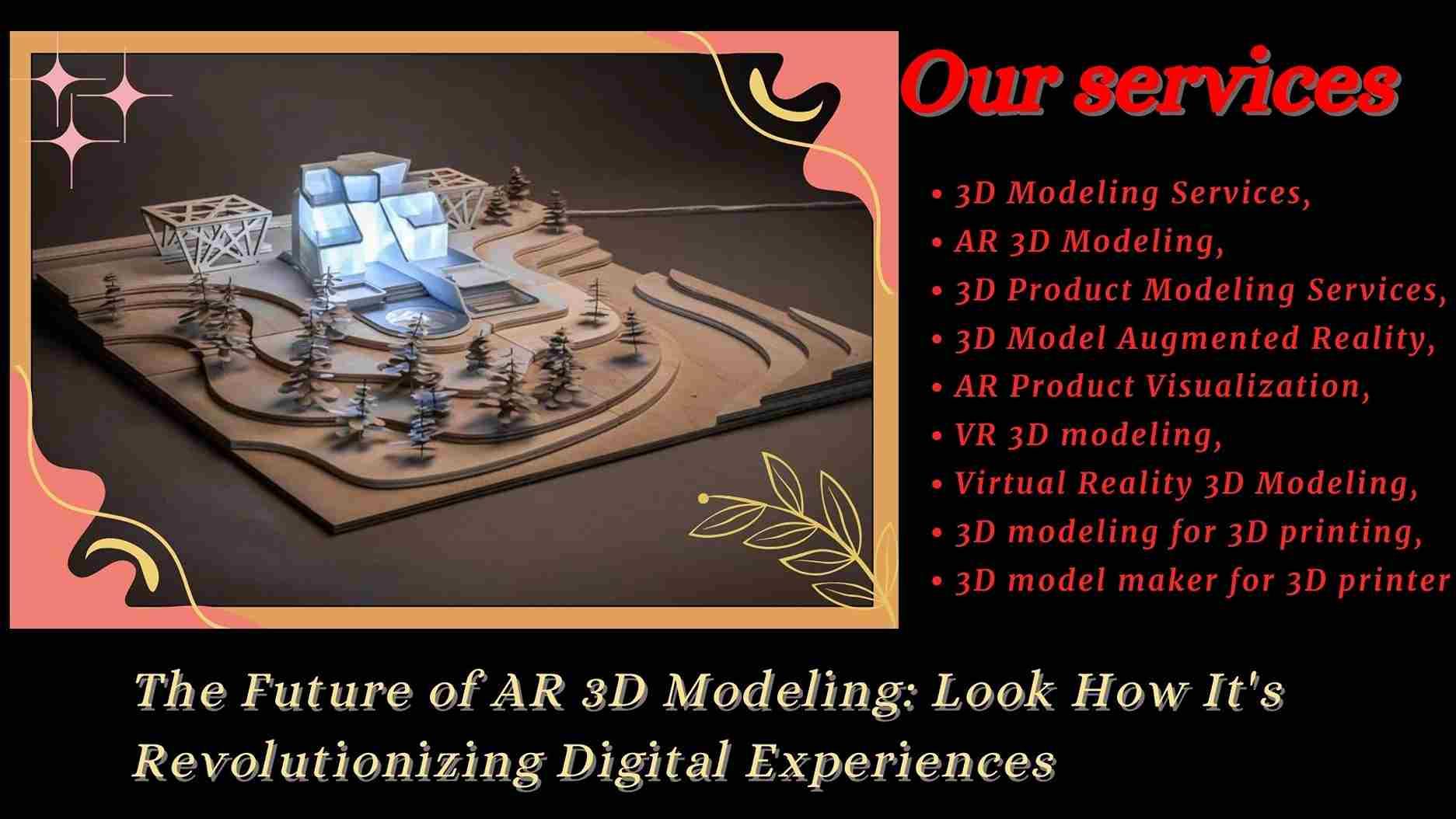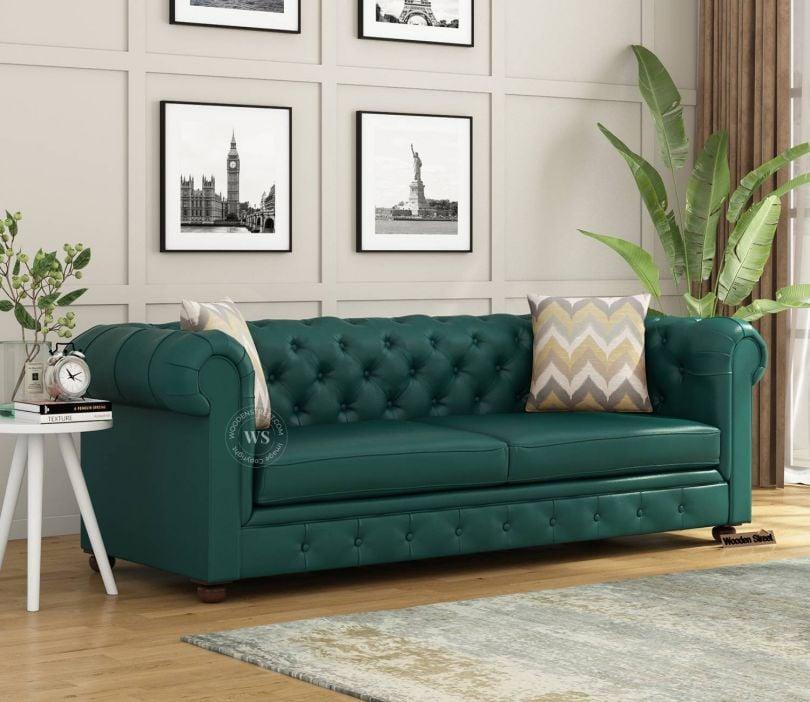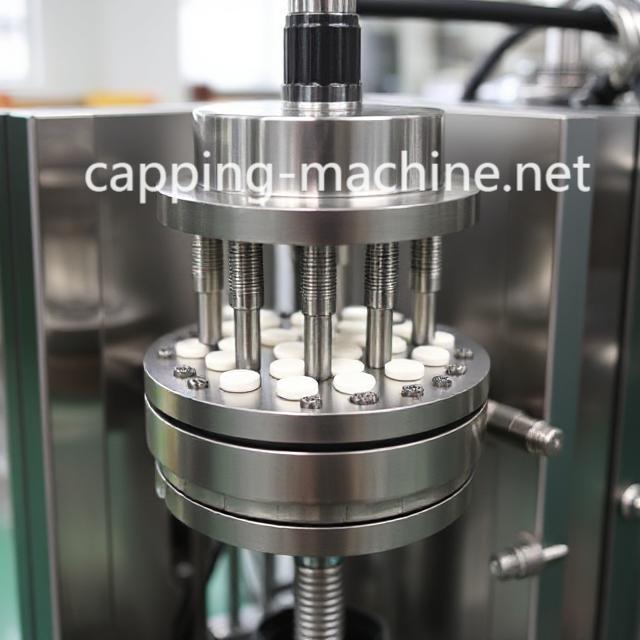The Future of AR 3D Modeling: Look How It's Revolutionizing Digital Experiences

The Future of AR 3D Modeling: Know How It's Revolutionizing Digital Experiences
At the core of this revolution is AR 3D Modeling, the specialized creation of three-dimensional digital objects designed to seamlessly integrate with our real-world environments. This isn't just about entertainment; AR 3D Modeling is fundamentally changing how we shop, learn, work, and interact with information. The future of digital experiences is undeniably augmented, and 3D Modeling Services are the architects of this new reality. The synergy between meticulously crafted 3D models and real-time AR environments, facilitated by expert 3D Product Modeling Services, is unlocking unprecedented levels of engagement, personalization, and efficiency across diverse industries.
The Fundamentals AR 3D Modeling
Creating effective AR 3D Modeling requires a specialized approach that balances visual fidelity with real-time performance.
-
Optimized Geometry (Low-Poly): Unlike high-fidelity renders that can afford complex geometry, AR 3D Modeling for mobile devices demands efficient, low-polygon models. This ensures smooth performance, quick loading times, and minimal battery drain on smartphones and tablets. An expert in 3D product modeling services understands how to achieve visual quality with optimized polygon counts.
-
Realistic Textures & Lighting Adaptability: For a 3D Model Augmented Reality to truly feel like it belongs in the real world, its materials and textures must react realistically to real-world lighting. This requires using Physically Based Rendering (PBR) workflows and avoiding baked-in lighting, allowing the virtual object to dynamically reflect and shade based on its surroundings.
-
Accurate Scale and Placement: The illusion of a 3D Model Augmented Reality is instantly broken if the object appears the wrong size or floats unnaturally. Precision in AR 3D Modeling ensures correct scaling and stable anchoring within the real environment, often leveraging advanced spatial mapping technologies like LiDAR in newer devices.
-
Interactivity and Animation: Beyond static placement, successful AR Product Visualization often incorporates interactive elements and animations, allowing users to tap, drag, rotate, or trigger sequences.
These fundamental considerations are what elevate basic 3D Modeling Services to specialized AR 3D Modeling.
Revolutionizing Industries with AR Product Visualization
The impact of AR 3D Modeling is far-reaching, transforming processes and customer experiences across a multitude of sectors.
-
E-commerce and Retail: This is perhaps where AR Product Visualization has seen the most immediate and impactful adoption. This 3D Model Augmented Reality experience reduces uncertainty, boosts conversion rates, and significantly lowers product returns, providing tangible ROI for 3D product modeling services.
-
Education and Training: AR 3D Modeling brings textbooks to life. Students can dissect virtual organs floating in front of them, explore complex machinery, or experience historical events in context. This interactive learning, powered by AR Product Visualization, enhances comprehension and retention, moving beyond static diagrams.
-
Healthcare and Medicine: Surgeons can use AR 3D Modeling to overlay patient anatomy during complex procedures, providing real-time guidance. Medical students can practice intricate surgeries on 3D Model Augmented Reality anatomical models, offering a risk-free learning environment. This is a critical area for precise 3D Modeling Services.
-
Architecture and Real Estate: Clients can walk through proposed buildings or explore 3D Floor Plans life-size on an empty lot. Developers can showcase properties globally through immersive AR Product Visualization, allowing potential buyers to virtually stage and explore homes from anywhere.
The versatility of AR Product Visualization is limited only by imagination, constantly expanding the scope of 3D Modeling Services.
The Broader Landscape: AR's Relationship with VR and 3D Printing
While this blog focuses on AR, it's crucial to understand its place within the broader ecosystem of 3D Modeling Services, particularly its relationship with VR 3D Modeling and 3D Modeling for 3D Printing.
-
AR vs. VR 3D Modeling: While both rely on 3D models, VR 3D Modeling creates entirely simulated environments, transporting the user away from their physical surroundings. The optimization techniques for VR 3D Modeling can be more demanding in terms of polygon count due to the enclosed, high-fidelity experience, whereas AR 3D Modeling often prioritizes lightweight assets for mobile performance, though both benefit from high-quality initial 3D product modeling services.
-
Synergy with 3D Printing: The same accurate 3D models created for AR 3D Modeling can often be prepared for 3D Modeling for 3D Printing. This creates a powerful loop: design in 3D, visualize with AR, and then produce a physical prototype or final product via 3D printing. The role of a 3D Model Maker for 3D Printer becomes essential here, ensuring the model is watertight and optimized for fabrication.
The Future of AR 3D Modeling
The trajectory for AR 3D Modeling is one of rapid growth and increasing sophistication.
-
AI-Powered Content Creation: Artificial intelligence is already beginning to automate aspects of 3D Modeling Services, allowing for faster generation of AR 3D Modeling content from simple inputs like text or images.
-
WebAR and Accessibility: The rise of WebAR means that augmented reality experiences can be accessed directly through web browsers, without requiring dedicated app downloads. This significantly lowers the barrier to entry for 3D Model Augmented Reality, making it more pervasive across marketing and e-commerce.
-
AR Glasses Go Mainstream: As AR glasses become more comfortable, stylish, and affordable, AR 3D Modeling will move beyond smartphones to always-on, hands-free experiences, seamlessly integrating digital information into our daily lives. This will drive demand for even more sophisticated VR 3D Modeling and Virtual Reality 3D Modeling for the hardware.
-
Real-time Environmental Integration: Future AR 3D Modeling will feature more sophisticated environmental understanding – virtual objects will cast realistic shadows, reflect in real-world surfaces, and even interact with real-world physics, further enhancing the immersion of the 3D Model Augmented Reality.
-
Haptic Feedback: The integration of haptic feedback devices will allow users to "feel" digital objects in AR, adding another layer of sensory immersion to AR Product Visualization.
The demand for skilled 3D Model Maker for 3D Printer and expert 3D Modeling Services that can navigate this complex, evolving landscape will only continue to grow.
Conclusion
By enabling the seamless integration of digital content into our physical world, AR 3D Modeling offers unprecedented levels of interactivity, personalization, and efficiency. From transforming retail through engaging AR Product Visualization to revolutionizing training and education with immersive 3D Model Augmented Reality simulations, its impact is undeniable. As the technology matures and becomes more accessible, driven by innovation in 3D Modeling Services and the interplay with VR 3D Modeling and 3D Modeling for 3D Printing, the line between the digital and physical will continue to blur, creating a future where our digital experiences are as tangible and immediate as the world around us. The age of augmented reality is here, and 3D Modeling Services are the key to unlocking its full potential.







